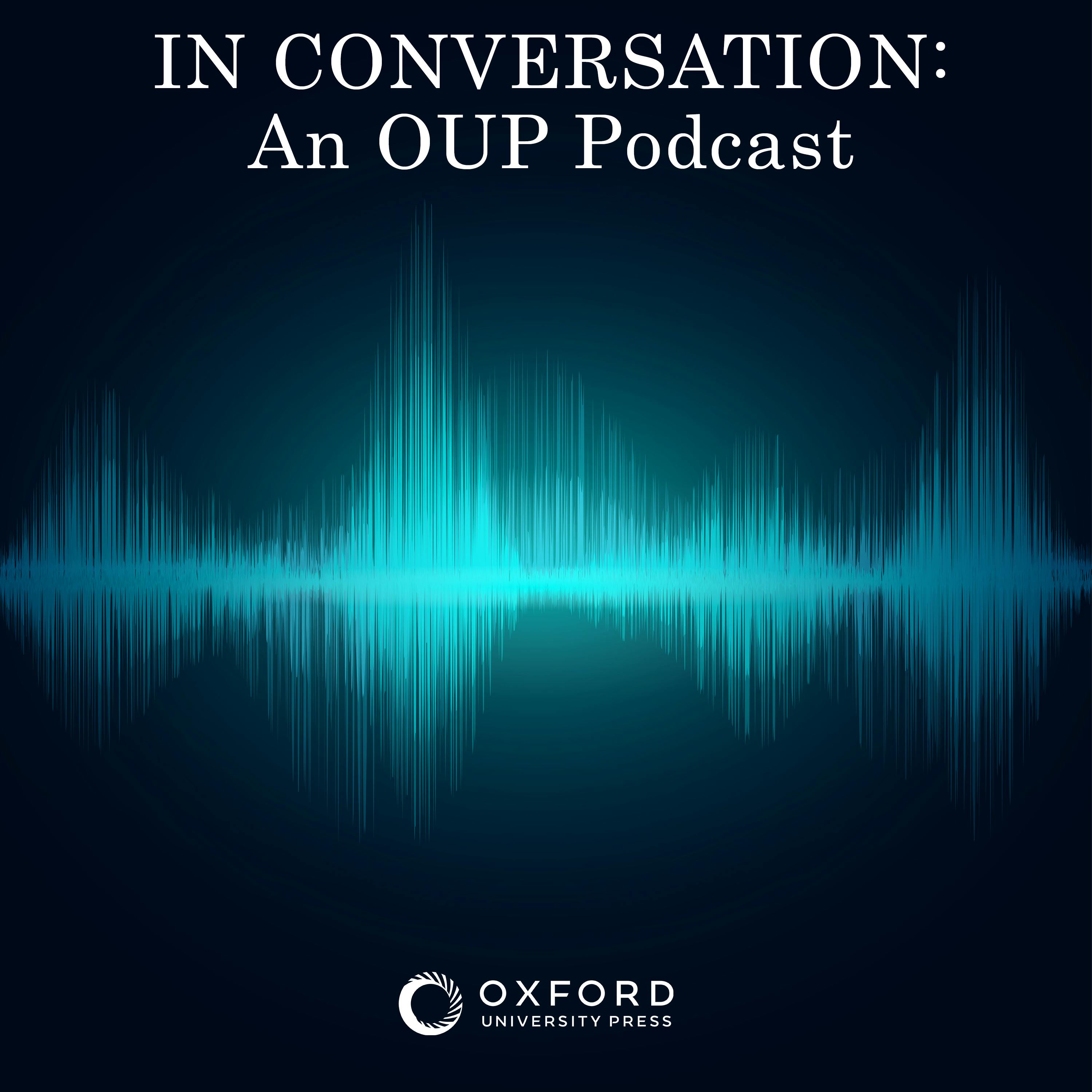
Paula A. Michaels, “Lamaze: An International History” (Oxford UP, 2014)

In Conversation: An OUP Podcast
Shownotes Transcript
The twentieth-century West witnessed a revolution in childbirth. Before that time, most women gave birth at home and were attended by family members and midwives. The process was usually terribly painful for the mother. Beginning in the nineteenth century, however, doctors started to “medicalize” childbirth. Physicians began to think of ways to ease the pain of childbirth.
Two main options were explored. One–drugs–is quite familiar to us, for it is the primary tool used by doctors to make women comfortable during the birth process today. The other–“psychoprophylaxis”–has now passed into memory. The most famous form of psychoprophylaxis, and the subject of Paula A. Michaels’) excellent book Lamaze: An International History) (Oxford University Press, 2014), is known as the “Lamaze method.” Its history is fascinating and surprising: born in the Soviet Union (or was it the United Kingdom?), it migrated to France, and then to much of Europe. It then jumped the Atlantic and became a quasi-political force in the United States (“natural childbirth”). And Lamaze is still with us, though in a form hard to recognize. Listen in.